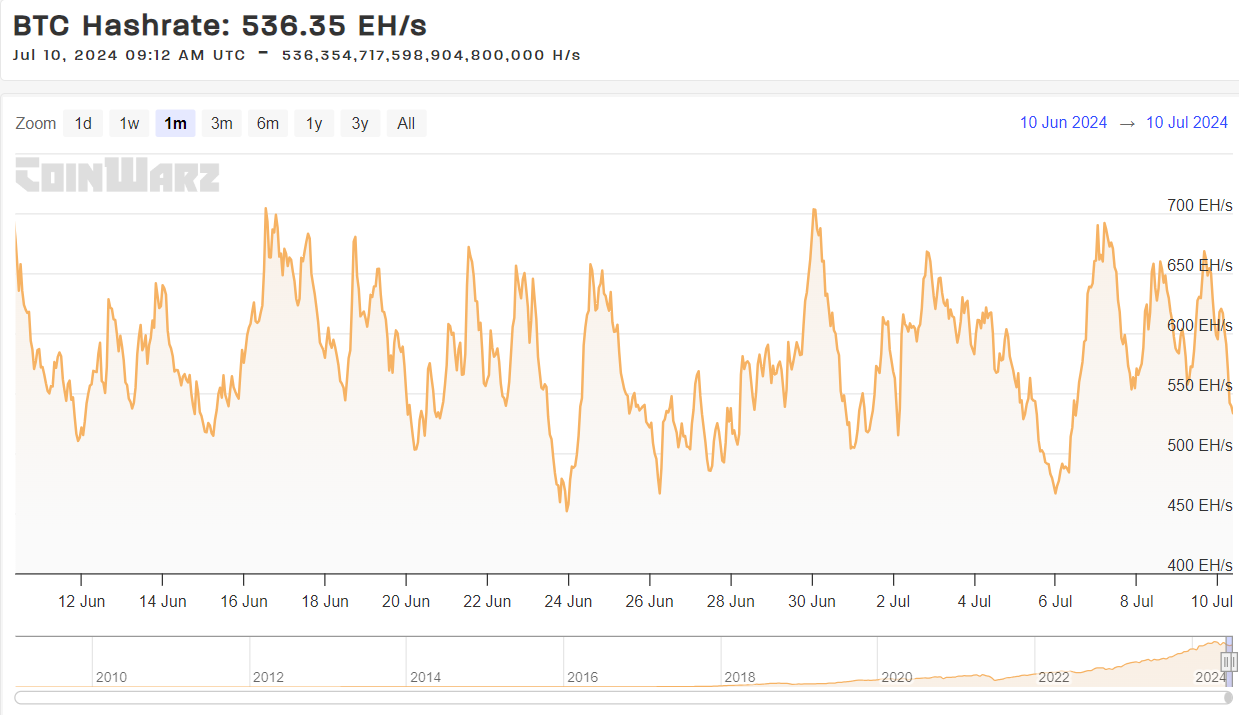Summary
- Bitcoin miners secured strong power supplies and operating capabilities to help companies build AI data centers.
- Bernstein remains a BTC bull with price predictions of $200,000 by 2025 and over $1 million by 2033.
A new report released by Bernstein highlights that Bitcoin miners have the potential to become strong partners for companies to build AI data centers.
This is mainly due to their available power supplies and high operating capabilities.
The report includes information about recent AI deals involving CoreScientific’s 12-year agreement with CoreWeave and Coatue Management’s $150 million investment in Hut 8. Such partnerships and investments became crucial catalysts for the AI sector.
Bernstein also addressed data involving miner Iris Energy with an outperform rating and a $26 price target. The broker also revealed important data about Core Scientific with an outperform rating and a $17 objective.
Bitcoin Miners Secure Massive Power Supply Amounts
The report continued and noted that Bitcoin miners have secured large amounts of power supply and they are currently controlling about 6 GW of power access with a target of approximately 12 GW by 2027.
Miners reportedly have a lead in the large load power interconnect queue and they can help potential partners save time in securing energy supplies.
Analysts led by Gautam Chhugani believe that Bitcoin data centers are perfect for retrofit due to the following factors:
- High-power density racks
- Cooling infrastructure
- General data center operating capabilities
20% of Bitcoin Miners’ Power Capacity to Turn to AI by 2027
Analysts added that they expect 20% of Bitcoin’s miners’ power capacity to pivot to AI by 2027.
The same report noted that the five largest US Bitcoin miners are expected to continue consolidating scale and grow to about 25% of the Bitcoin global hash rate, with the medium-term option to pivot to AI.
According to new data from CoinWarz, the Bitcoin hash rate, as of today, July 10, at 09:12 AM (UTC) is 536.35 EH/s.
Bitcoin hash rate is a calculated numerical value that specifies an estimate of how many hashes are generated by Bitcoin miners trying to solve the current Bitcoin block or any given block.
This calculation uses the current Bitcoin mining difficulty and the average Bitcoin block time between mined blocks versus the defined block as variables to reveal the global Bitcoin network hash rate.
Bernstein is also optimistic regarding the future price of Bitcoin with predicitons including prices of $200,000 by 2025, $500,000 by 2029, and more than $1 million by 2033.






